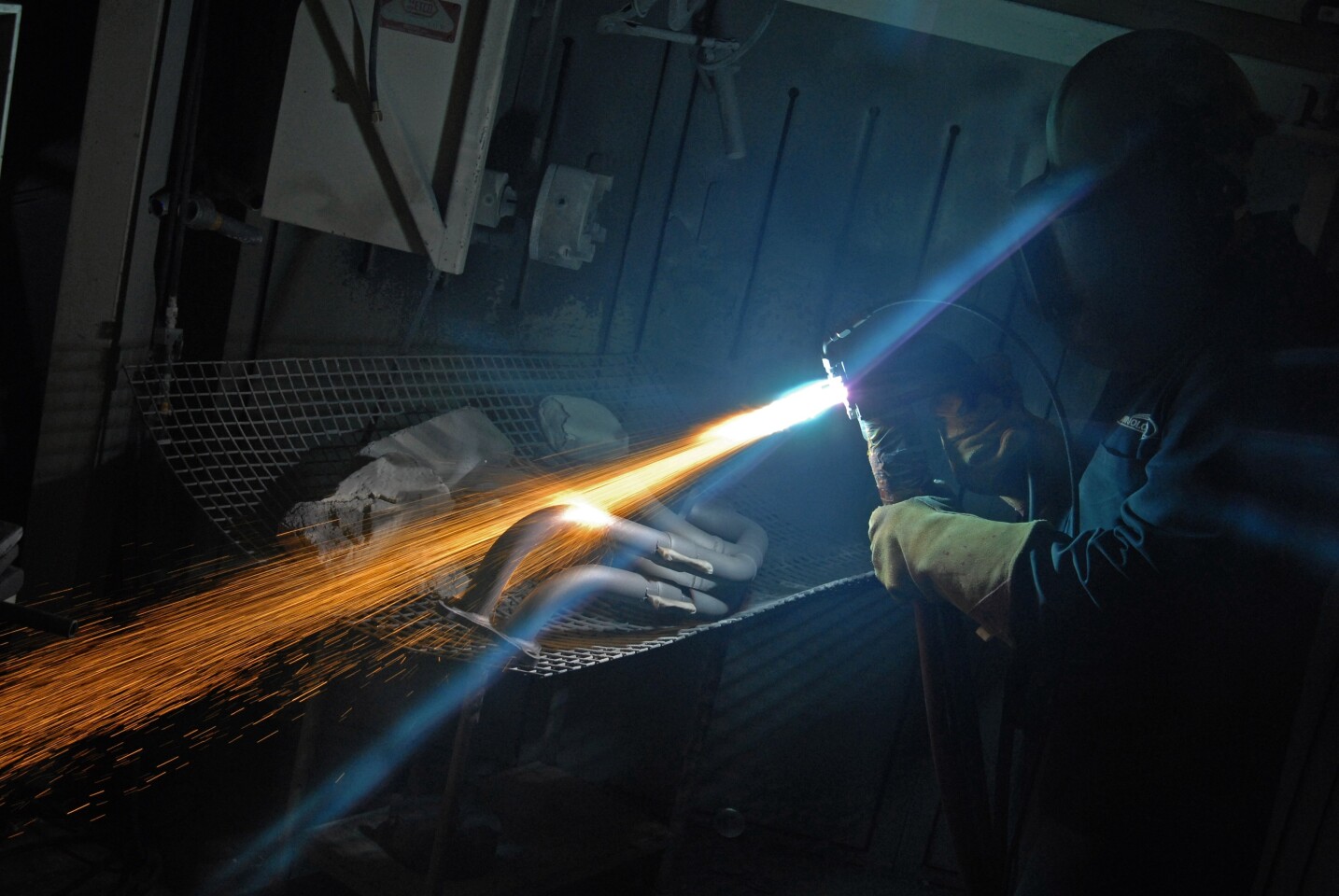UK coatings specialist Zircotec develops products at the very leading edge of technology. Two seasons ago it was providing ceramic coatings to protect composite F1 diffusers from heat, and now it is developing coatings for aerodynamic surfaces which are clawing back lost down-forces.
Zircotec has featured in Gizmag before due to some of the coatings it has developed that provide quite remarkable properties. The company's spray-on ceramic coating dramatically reduces external temperatures in engines and is used by nearly all the F1 teams, plus by Lamborghini in the likes of the Reventon.

In F1 and Sports Car racing, Zircotec is increasingly developing bespoke coatings to solve heat, wear, corrosion, friction and even aerodynamic issues. Its latest product is a new anti-stick coating, designed specifically for F1 to prevent tire debris building up on the aero surfaces.
Just over 18 months ago, Zircotec was helping a number of the F1 teams to direct hot exhaust gases through the composite diffusers without the carbon melting. Race teams seeking lightweight "spray-on" protection against the effects of heat and wear are increasingly turning towards coatings, as an easy-to-apply and durable alternative to more cumbersome and less effective heatshields.
This year, Zircotec's engineers have been busy working on another challenge to improve performance through coating technologies. It is now offering a treatment that not only protects composites from heat, but crucially for aero surfaces, prevents the build up of tire debris too.
The switch to Pirelli tires last year led to an increased amount of debris on tracks, which collects on aero surfaces with an associated loss of downforce. With 2012 set to continue along a similar path, Zircotec is supplying a new plasma-sprayed anti stick coating (a process that fires powder at the carbon fiber at the speed of sound using a flame running at around 14,000°C/25,232ºF) called ThermoSlik.
“The repellent element is an intrinsic part of this new ThermoSlik coating,” says Terry Graham, Zircotec's Managing Director. “We can offer a lightweight, subtle solution that not only prevents delamination but also can assist with clawing back some of the points of downforce lost due to debris build up.”

Believed to be the only product of its type available commercially, the process is so effective it allows composites to function in temperatures above their melting point - testing for a typical application gave a reduction in composite surface temperature of more than 125ºC (257ºF).
In 2011, 10 of the 12 F1 teams used existing Zircotec technologies, primarily to exploit the blown diffuser loophole that allowed hot exhaust gases to pass over carbon fiber without causing any structural damage. Zircotec has developed coating methods to enable both ceramics and metals to be plasma sprayed onto delicate composites – no mean feat!

All of the process is done in house. First the surface is prepared. The initial surface preparation techniques applied to any composite part is paramount to the reliability of the coating. This ensures that the bond coat will effectively bond onto the surface of the resin. Any attempt to coat directly onto a part without such pre-treating would result in a very low bond strength. Zircotec uses a range of physical and chemical methods to prevent damage to the composite during the application process.
The new coating includes a non-stick agent in the top layer of the coating and contains both ceramic and Teflon. Depending on the team requirements and with an eye of minimizing weight gain, the total depth of coating can range from 20 microns to 0.4mm, applied in a number of specific layers.

Drawing from a range of coating parameters derived from many years’ experience, Zircotec is now confident of offering a solution "to almost any issue the teams have" and the anti-stick example is the latest in a line of coatings for F1 that started with simple thermal management.
Now, Zircotec can apply a reflective surface layer to help protect against radiant heat, or can increase the thickness of the ceramic in certain areas where a hot spot can occur. It also has the ability to build in a conductive sub-layer that will help to dissipate heat away from any concentrated high temperature areas, helping deal with transient heating situations. The coatings can also be given a smooth finish to minimize disruption to airflow.
Source: Zircotec












